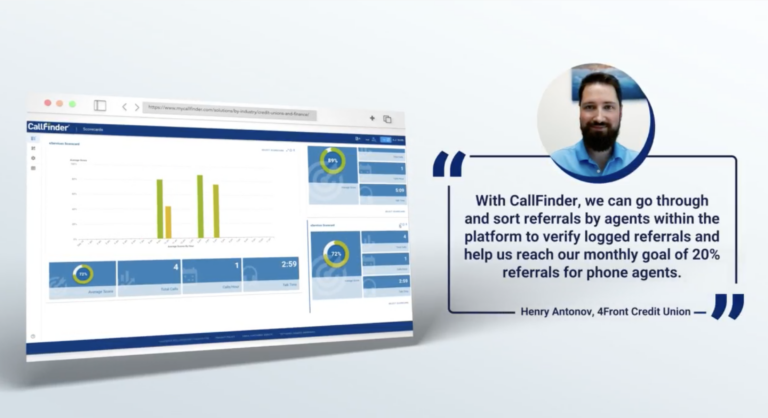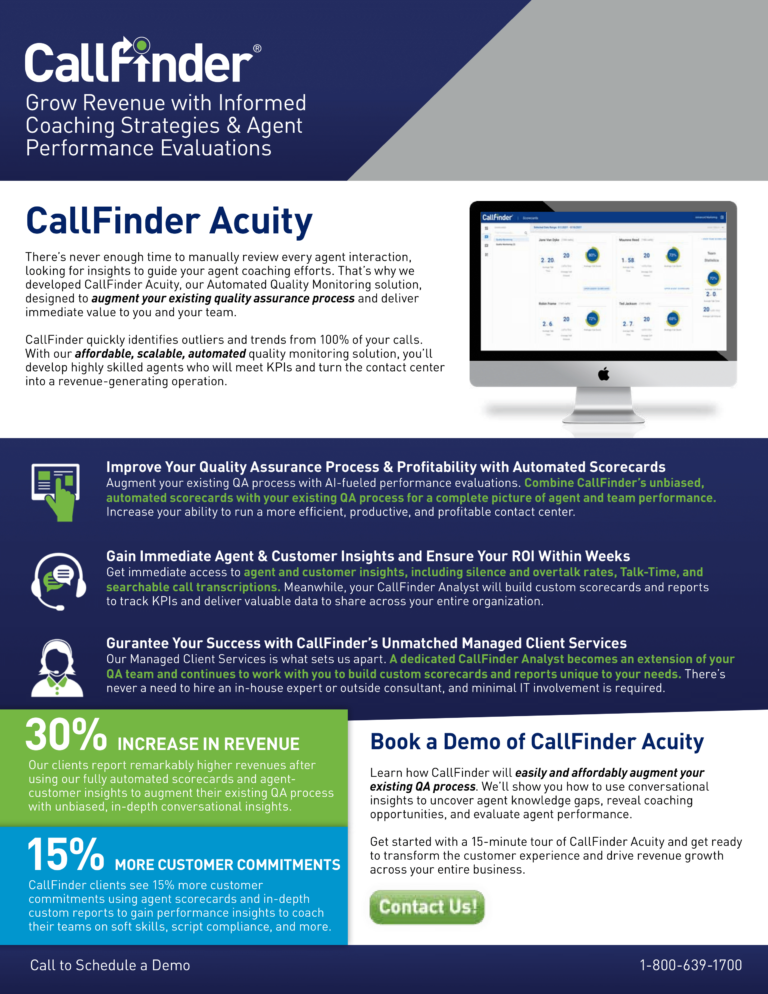With so many different communication options available today, any savvy business knows its customers must be able to reach them across multiple channels. But with online means such as live chat and social media messaging, some may feel the traditional standby of a phone call has been rendered obsolete.
They couldn’t be more wrong.
Most of Your Customers Prefer to Call You
When asked about contacting businesses, a recent study shows 61% of customers prefer the phone to email, live chat, online knowledge base, and click to call. What is it about the telephone that appeals to people more than these other options? As with most anything else, it all comes down to what the customer wants.
Businesses can easily access and discover the voice of their customers – and therefore the customers’ preferences – using call monitoring solutions like speech analytics. Technology advancements in the field of speech analytics have grown tremendously over the last decade, providing companies with an enormous opportunity to leverage the content of their business calls to improve operations within many different departments including customer service, sales, marketing, operations, and compliance.
Customers Want Quick Answers to Their Questions
Having the ability to do their own research online for a particular company or product has helped to empower today’s modern consumer. But sometimes a person might need a little extra help or an answer to a specific question that a website cannot sufficiently provide. When this happens, most customers want to be able to speak directly with an actual, live person, as opposed to waiting for an email reply or a standard, cookie-cutter response from a bot in a click-to-chat box. A phone call allows customers to reach someone at a business and get answers to their questions in a timely and efficient manner, thus helping them make more informed decisions and – hopefully – purchases.
Much of the data that is required to assess the ways in which customer calls are handled, how they are processed, and the quality of service they receive is contained within phone conversations between contact center agents and customers. With the phone still being the preferred method of contact for consumers, there is no argument that there is a need to support businesses of all sizes and call centers, either internal or external, with technology innovations that are at the forefront of capturing and categorizing these voice interactions with customers.
Customers Want to be Heard, Not Just Helped
More often than not, a customer reaches out to a company because they wish to air a grievance or find a solution to a problem. Speaking with someone on the phone lets a customer feel that not only will their complaint be addressed, but also that someone is actually listening to them, which in of itself can be a huge asset to diffusing the situation. When combined with recent technology advancements such as speech analytics, phone calls can be mined to gain an even better understanding of what the customer wants, both now and in the future.
Great customer service is often the key to improving and growing your business. With speech analytics technology, you can record and listen to incoming call center conversations to monitor call quality, script compliance, and hear customer interactions first-hand.
With call recording data on 100% of calls, you can analyze “the big picture” with the available statistical summary reports, and also use the data as a workforce-training tool for your agents.
Use Speech Analytics to Assess the Customer Experience
While we know that the experience is important to the customer, and that 60% of customer service managers consider satisfaction to be the most important call center metric, only 26% of companies have a well-developed initiative in place to make sure they are monitoring the experience they provide, and are using technology to help them identify areas of weakness and candidates for improvement. As consumers are twice as likely to share their bad experiences with a company as they are to talk about good experiences, this should be a high priority area of focus for any business that provides products and services.
Small improvements in the customer experience can have enormous financial impact on a business. With a better experience comes more customers who will spend more and it is proven that improved customer retention will increase the value of a business. In order to continue providing excellent service, more companies are turning to advanced call analytics to ensure that their contact centers are performing at a high level of efficiency.
In addition, market leaders are using insights from customer interactions to uncover sales, marketing, and operational improvement opportunities that touch every department of the business, as each department has its unique impact on the overall customer experience.
BIA/Kelsey Senior Analyst Abid Chaudry predicts calls to businesses will reach upwards of 162 billion annually by the year 2019, showing that the phone plans on being people’s top communication choice for the foreseeable future. Connecting with someone over the phone can help customers feel more confident about their buying decisions, and about a business overall. When it comes to helping build customer loyalty, there is simply no substitute for the telephone.










